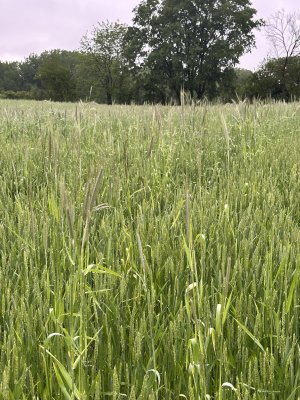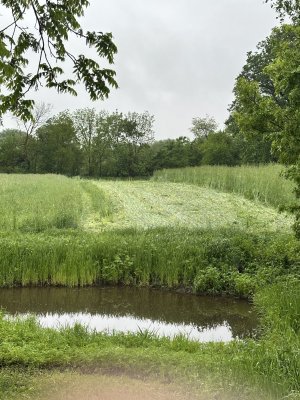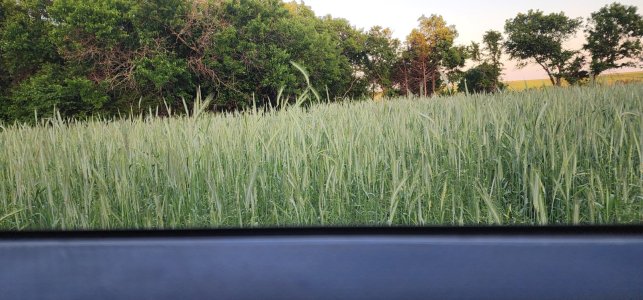To clarify, if I let it sit all summer is it dropping 500 lbs of viable seed into that same plot, or does that not seem to occur? The benefit of the summer buckwheat is if terminated in a timely manner I know exactly what seed I’m putting in the ground July - Sept.
If you let it go to maturity, you're gonna have 2500-7500 lbs of seed (did not say viable) per acre.
I don't think that's all bad. I don't think crimpers are bad. All these ideas have been bolting on the wings going down the runway kind of research. We don't have the benefit of anyone doing research for plotters, only guys adapting farming knowledge to plotting. So all of us here have to keep tinkering and sharing our wins, and more importantly, our failures. You guys remember the ATV flail mower?
Anyway, I can see a whole nother way to manage winter cereals in these low-input style plots on the horizon. Many guys before have tried to spread brassicas into rye and press it flat (no mowing). The results have been sketchy and varied at best. It's likely the tiny seeds don't have enough fuel to reach up through 6" of duff to hit sunlight to keep going. I've wondered if radishes might do better simply because they are a larger seed and can carry more carbs to run pre-sunlight.
I rolled down one mature crop so far. I had oats fly right up through that duff no problem, and it was an immense duff layer. I think there's a management advantage to be had from growing awnless winter wheat (credit to Catscratch) or awnless winter triticale and rolling it flat without mowing. I did not see any germination of my rolled flat triticale, but it doesn't mean it didn't happen either. I think there's a benefit in rolling down awnless seed heads in that it keeps the seed heads on top of the thatch, and they are available for consumption until the next crop overtakes them.
Might not be a big deal, it might be a huge deal. My deer don't get them eaten before it's time to press and go with fall seeding. They eventually eat them because I've seen it on my misses.
It'd sure put pounds on the critters if they knew there were tons/acre of high carb seeds laying there to eat. I'm putting in a couple new plots this year, and I'll get to try this out and see by September of next year if I can put extra grazing days on my new ground.




